- the blog posts describes how Hierarchical Z-Buffer (HZB) Occlusion Culling uses a depth buffer to improve culling efficiency
- describes two possible solutions that can be used to solve the problem that a depth buffer of the view is required to accelerate the rasterization of the same view
- focuses on a technique that uses information about which objects have been visible in the previous frame to accelerate the current
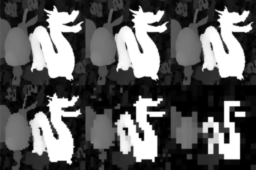
- summary of two Siggraph talks by the author covering Ghost of Tsushima
- the talks cover Lighting, Atmosphere, Tonemapping as well as PBR Shading in Ghost of Tsushima

- the post announces that the new edition of PBR will be released on March 28, 2023
- chapter 11 - Volume Scattering and Chapter 14, Light Transport: Volume Rendering are available as PDF download already
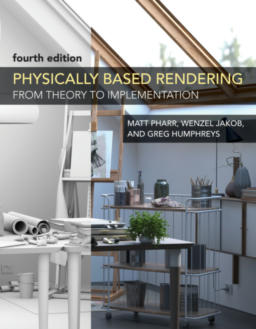
- the stream covers the implementation and exploration of triangle culling into a GPU culling pipeline
- discusses trade-offs of different techniques and locations in the pipeline
- shows the effects of different culling techniques on the number of primitives that need rasterization
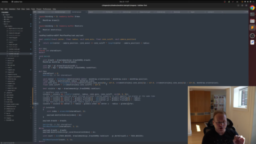
- Intel released a Path tracing workshop of 76 minutes of videos and ShaderToy exercises
- shows how to implement a ray tracer, the path tracer
- how to speed up the algorithms through the use of importance sampling
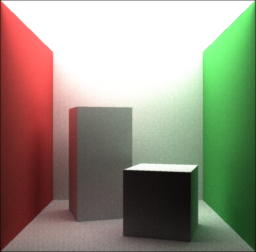
- a new version of rust-GPU that allows Rust code to generate SPIR-V has been released
- this release adds support for raytracing
- additional contains many new APIs such as support for ByteAddressableBuffer or debug_printf
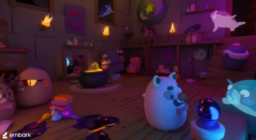
- the video presents how to implement Bezier Interpolation
- shows how curves are defined, visualizing how the factors are combined to create the final curve
- all implementations are presented in ShaderToy
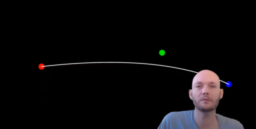
- the article continues the series by covering an overview of raytracing techniques
- covers the Path Tracing Equations, Direct Lighting (single and multiple lights), Indirect Illumination
- Additionally covers high-level approaches such as Bidirectional Path Tracing and Metropolis Ray Tracing

- the article presents metrics to calculate to judge the optimal size for meshlets
- compares the AMD and Nvidia limits to see how they might affect the choices

- the video presents how to integrate a compute shader into the Rust-based bevy engine
- shows how to integrate the compute pass into the render graph system
- additionally shows how to read back simulation results back to the CPU
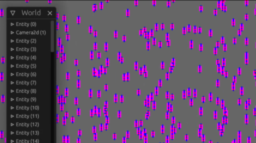
- the article provides an explanation of deferred shading
- discusses the issues with forward shading and how deferred shading can solve them
- shows how deferred shading can be implemented, including techniques to reduce memory and bandwidth usage for the technique

- the article presents how to use wave intrinsics to reduce the number of atomic operations required when compacting sparse arrays into packed arrays
- presented technique is based on FidelityFX’s SSSR implementation

Thanks to Vivitsu Maharaja for support of this series.
Would you like to see your name here too? Become a Patreon of this series.